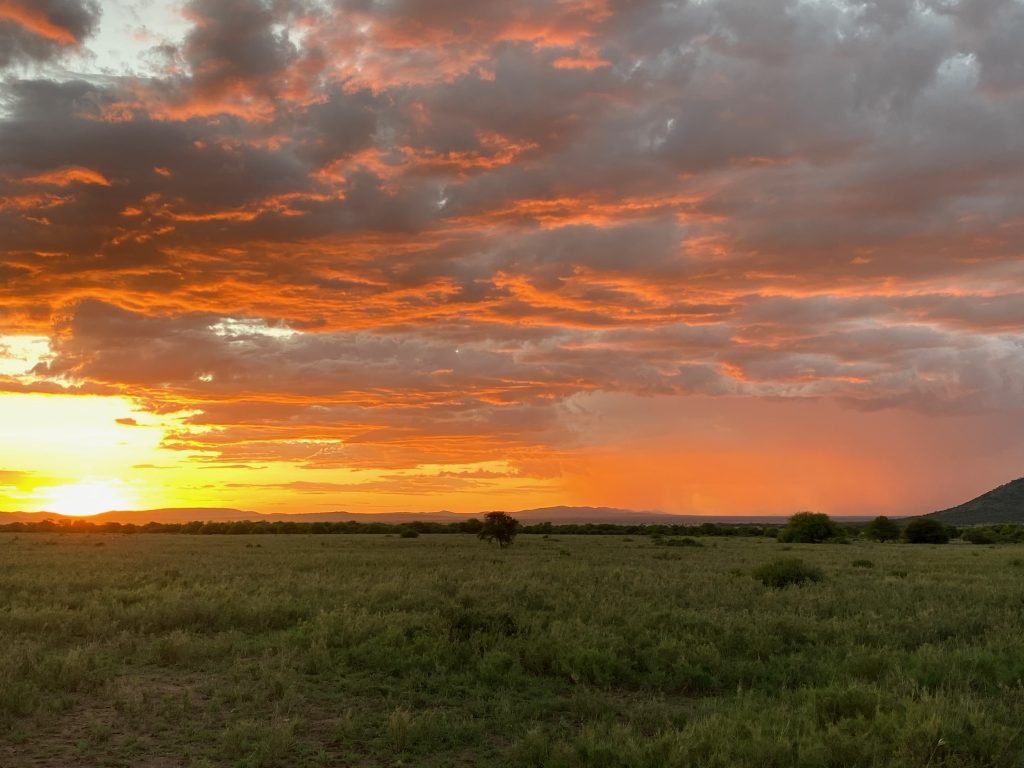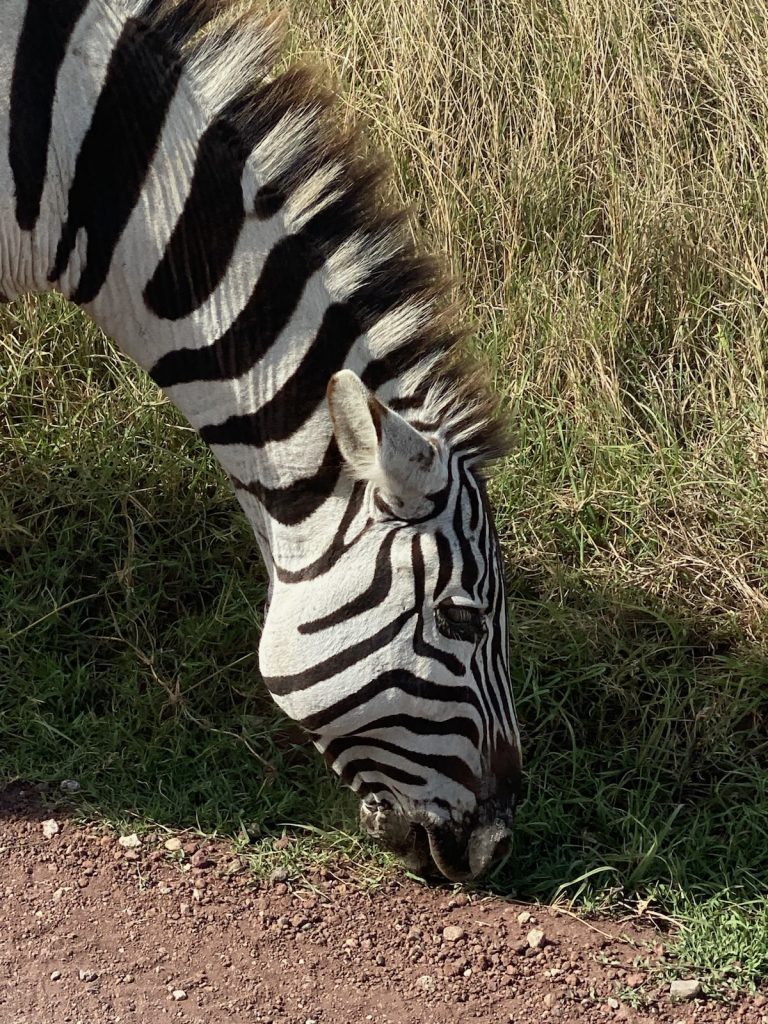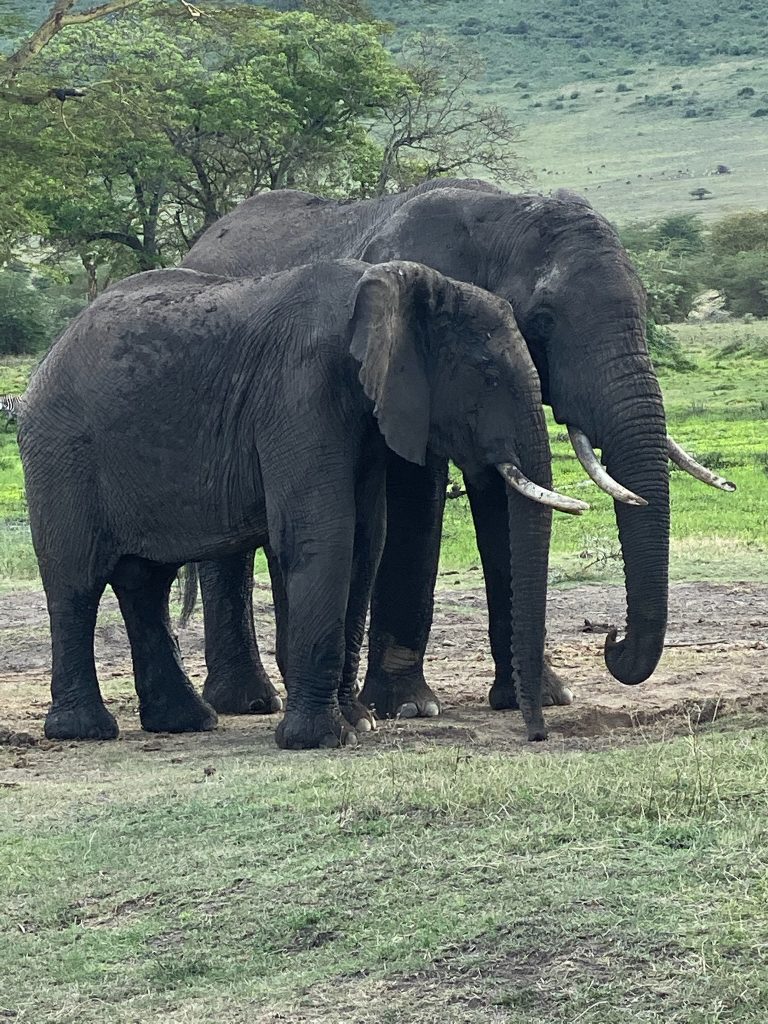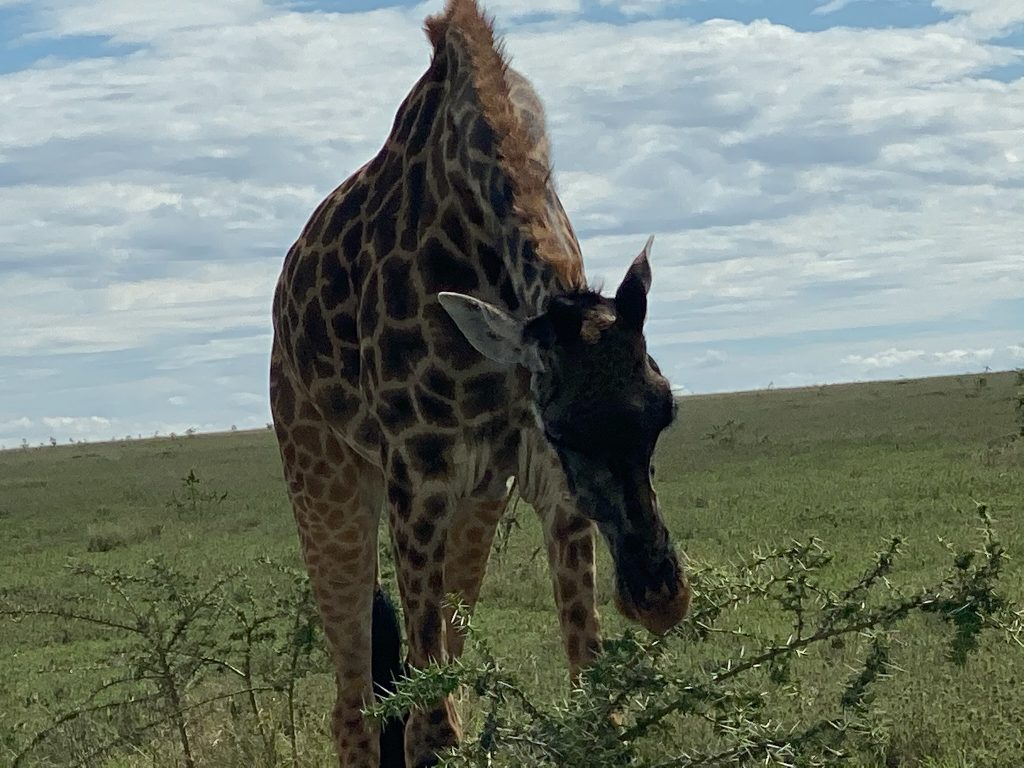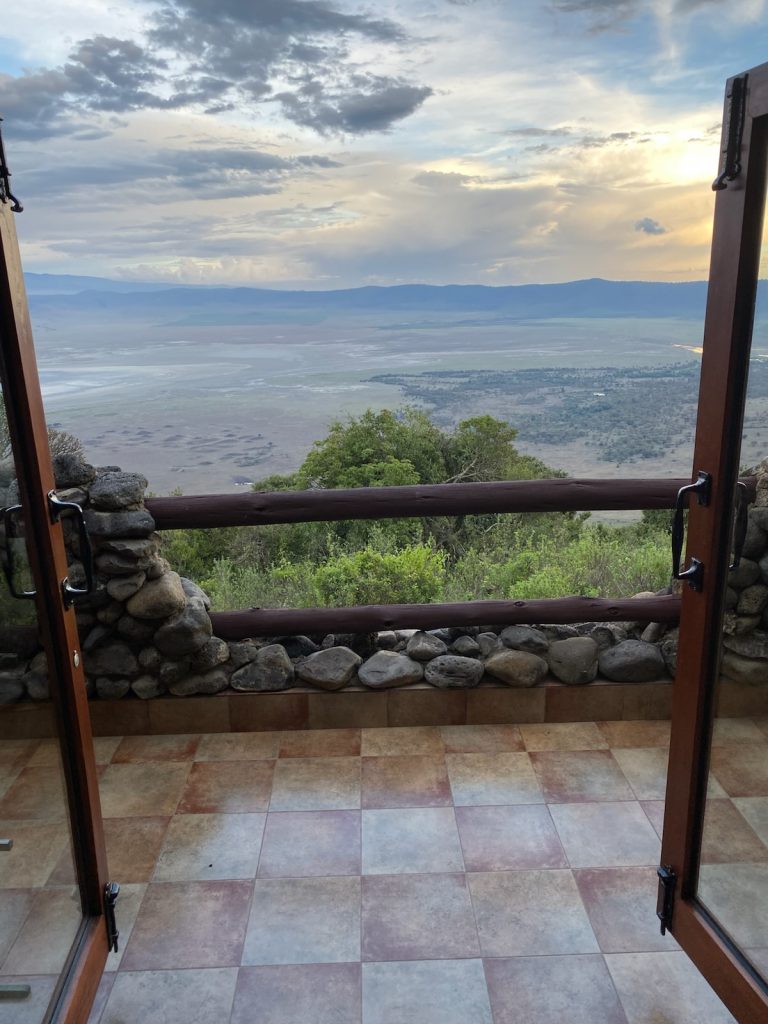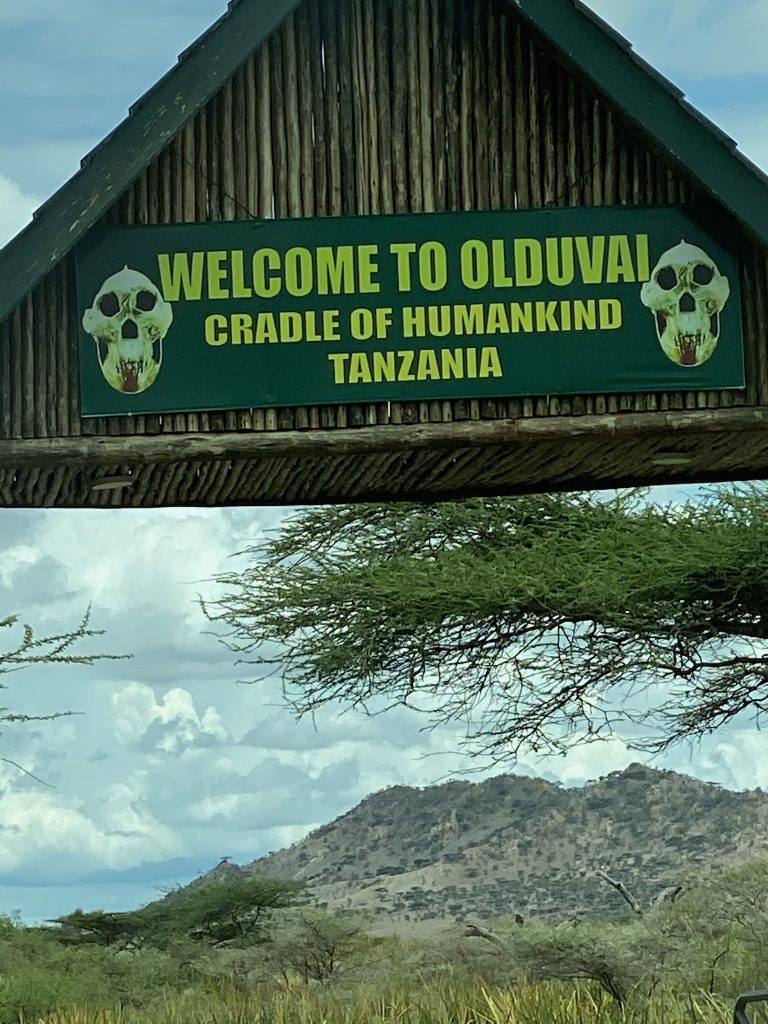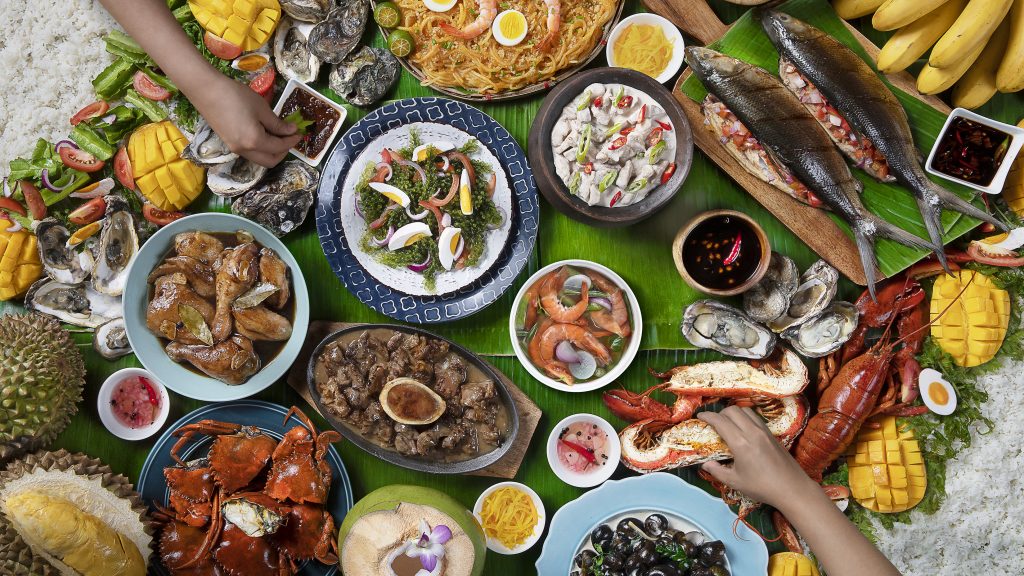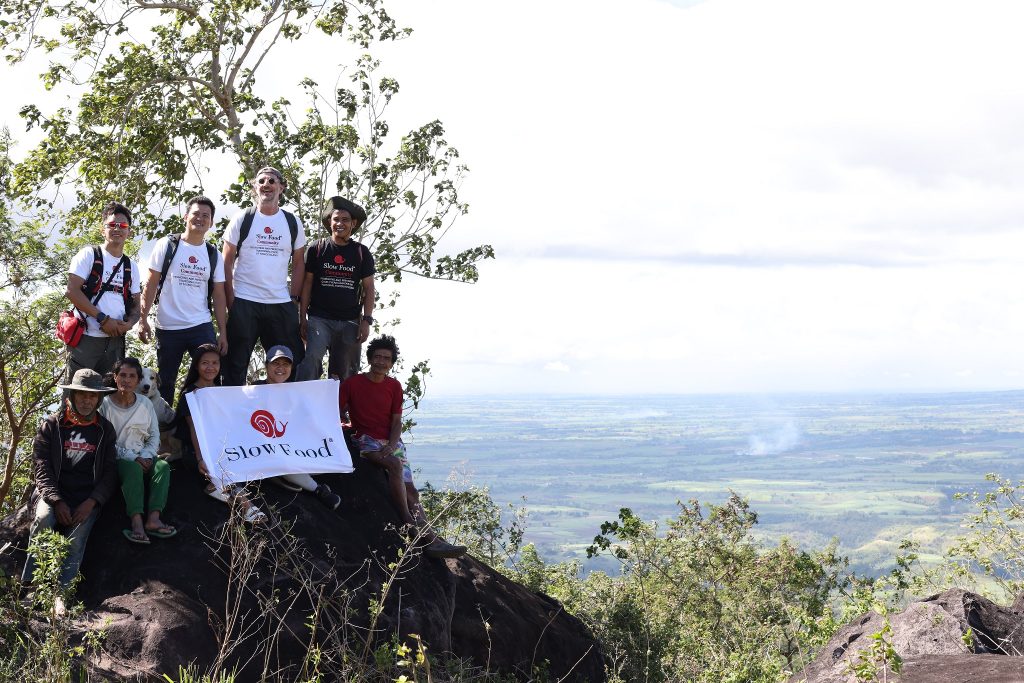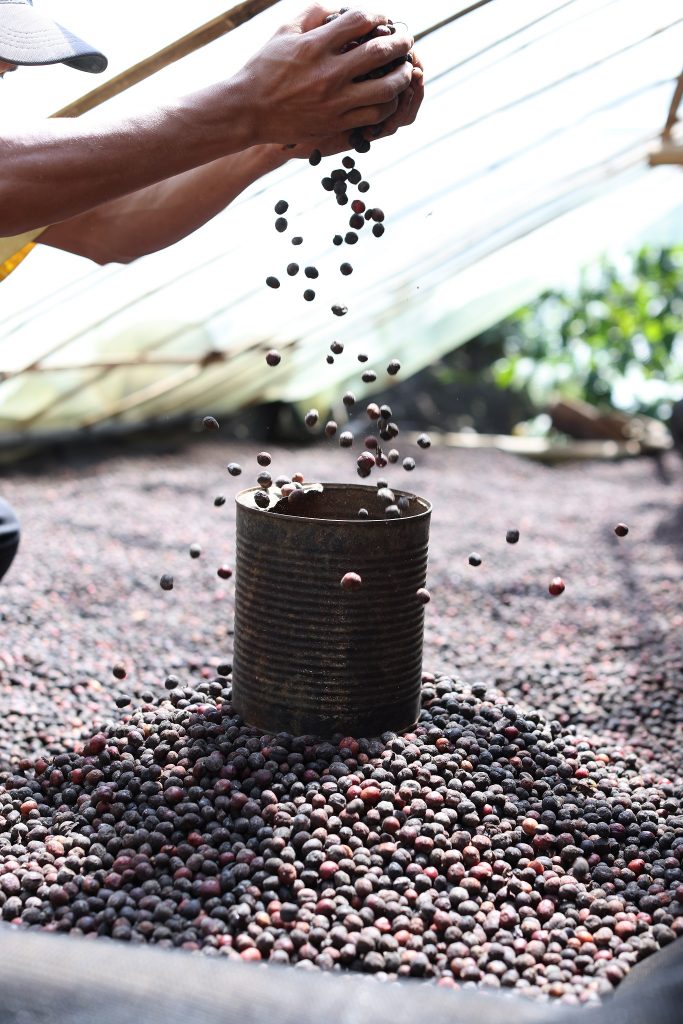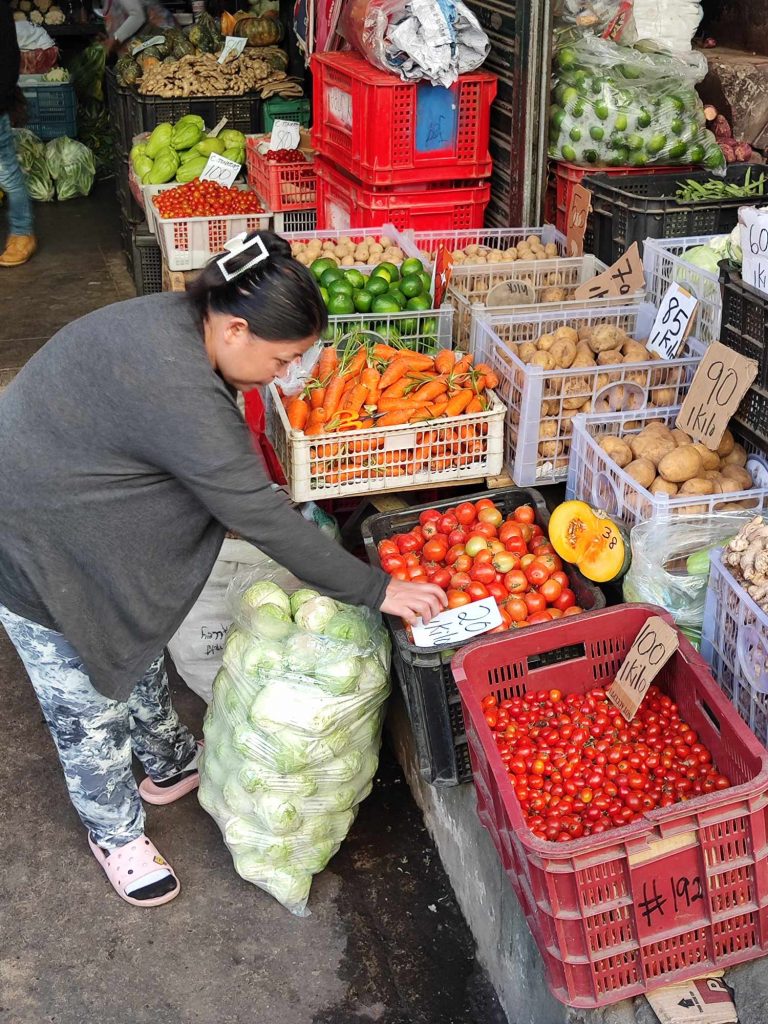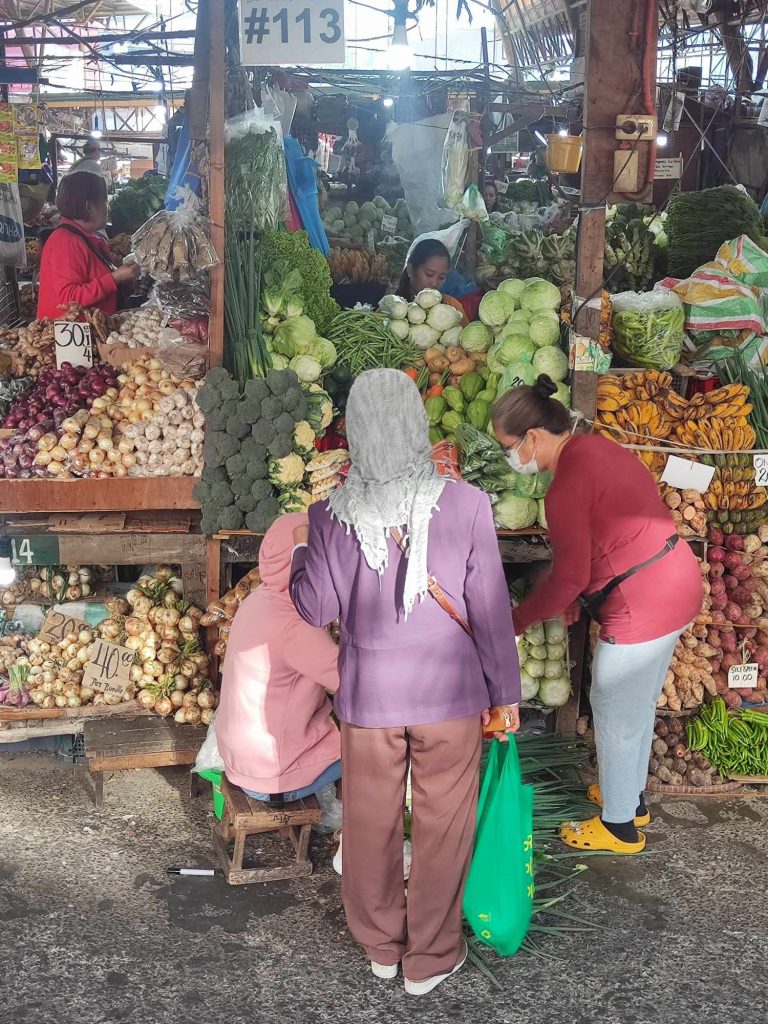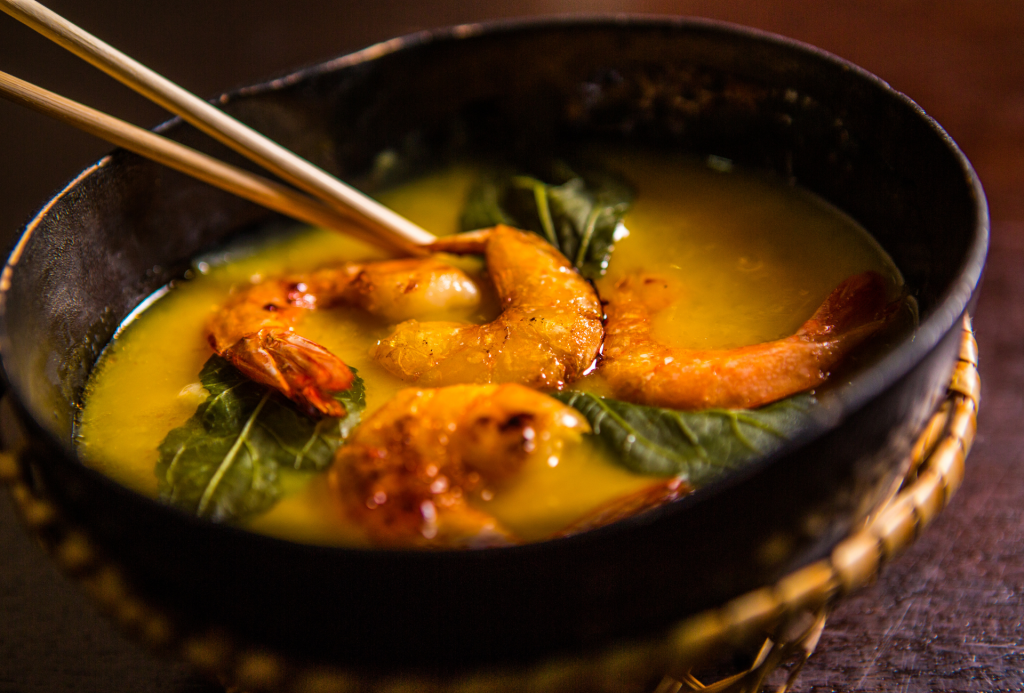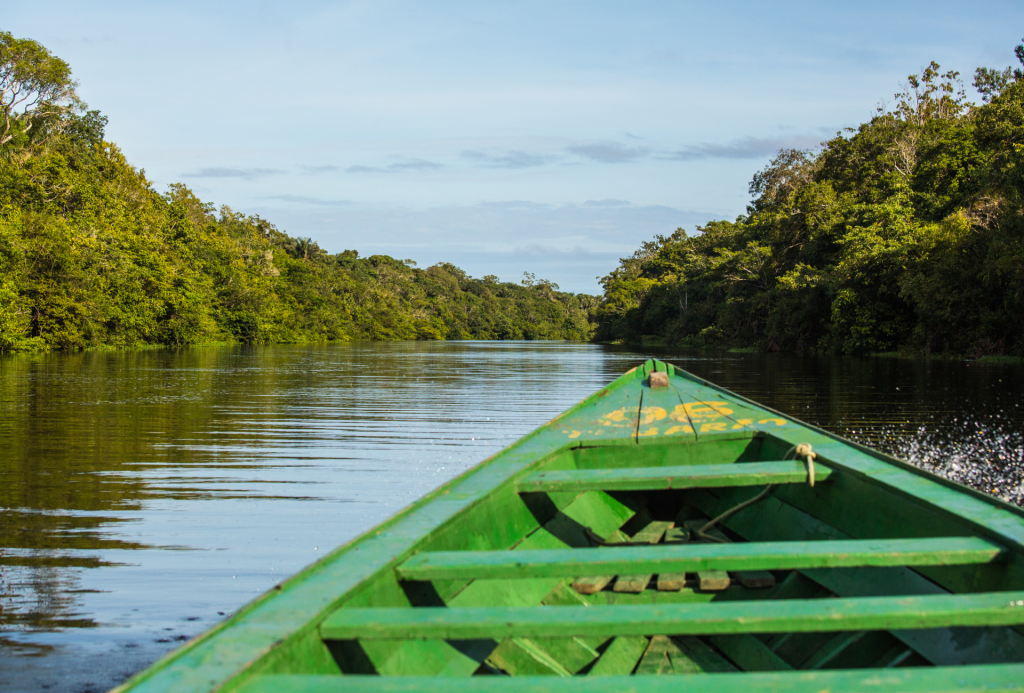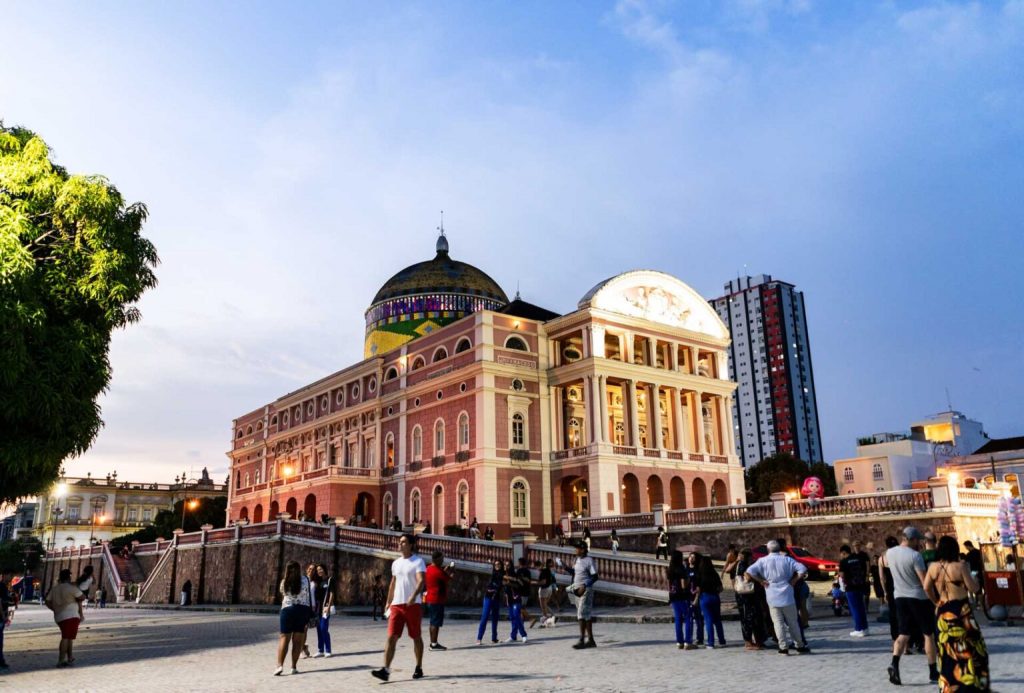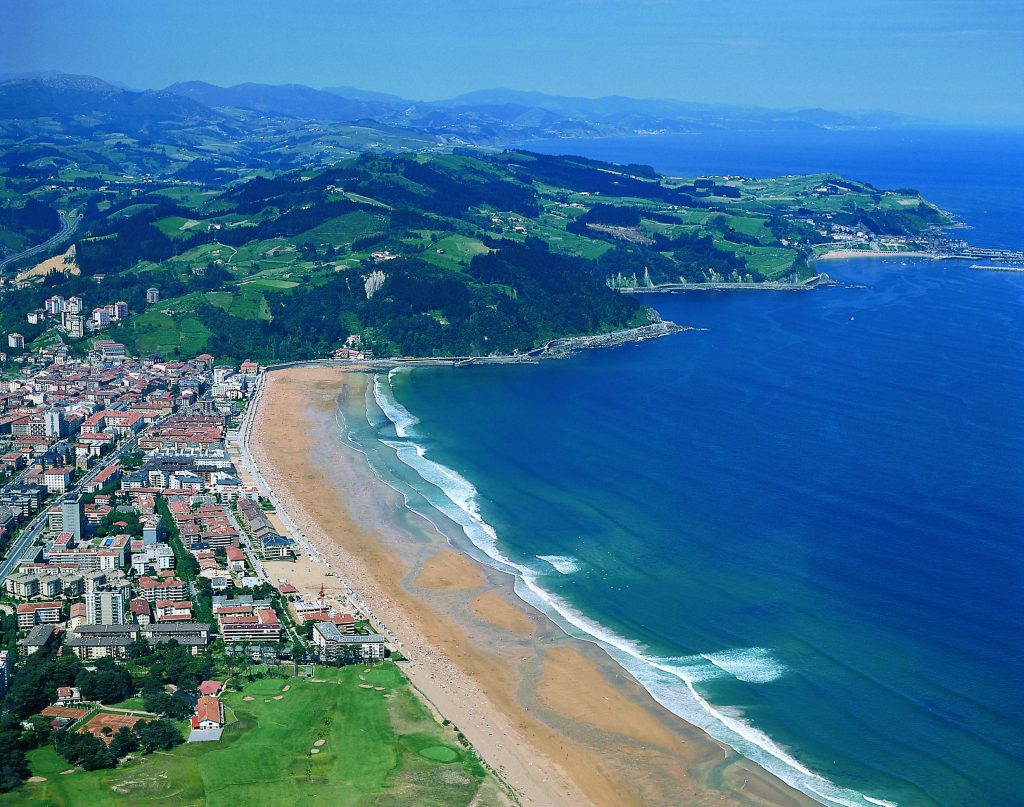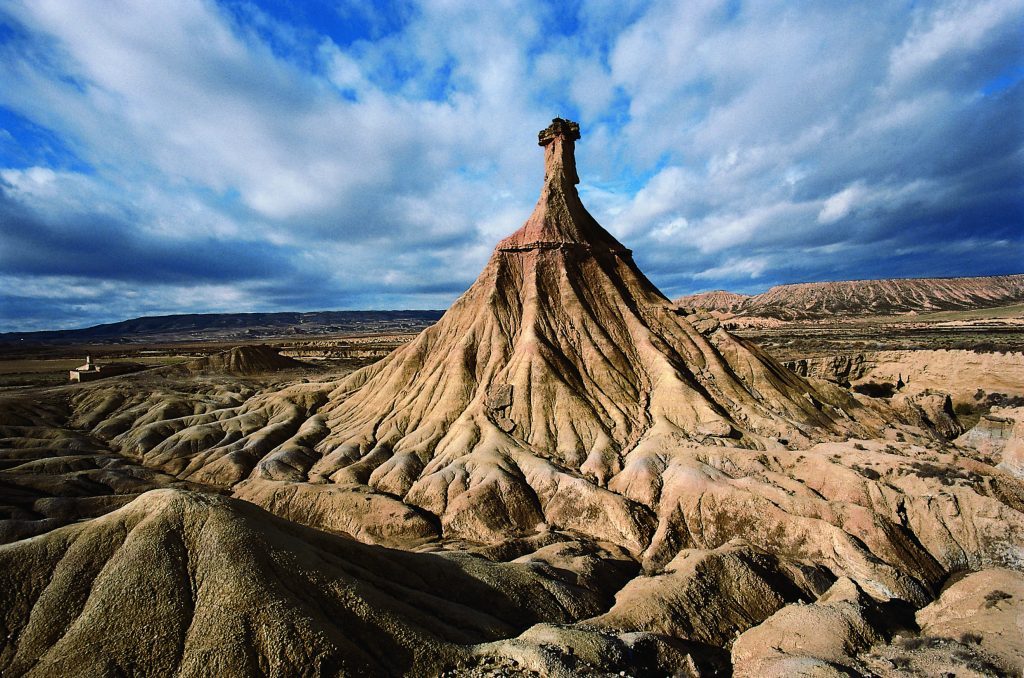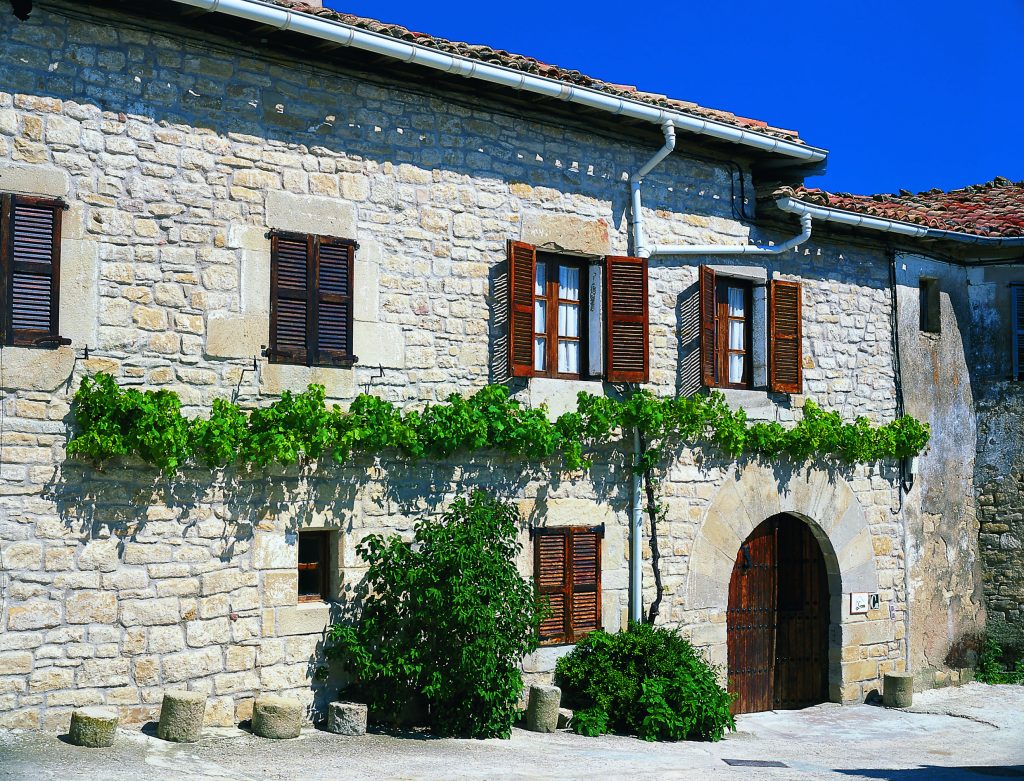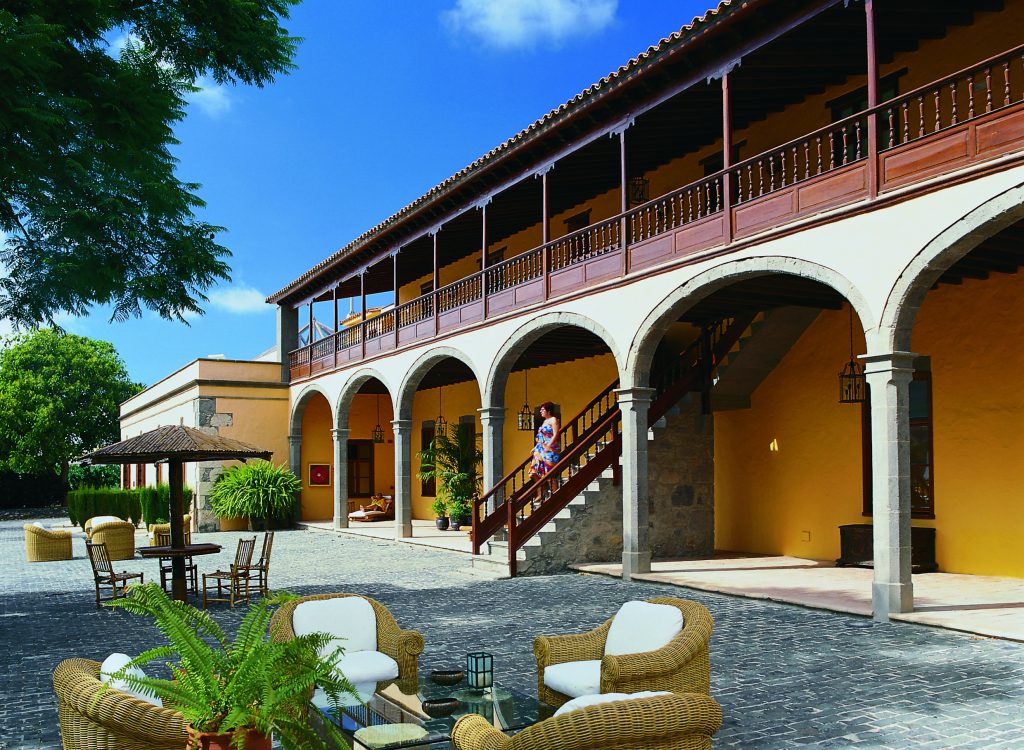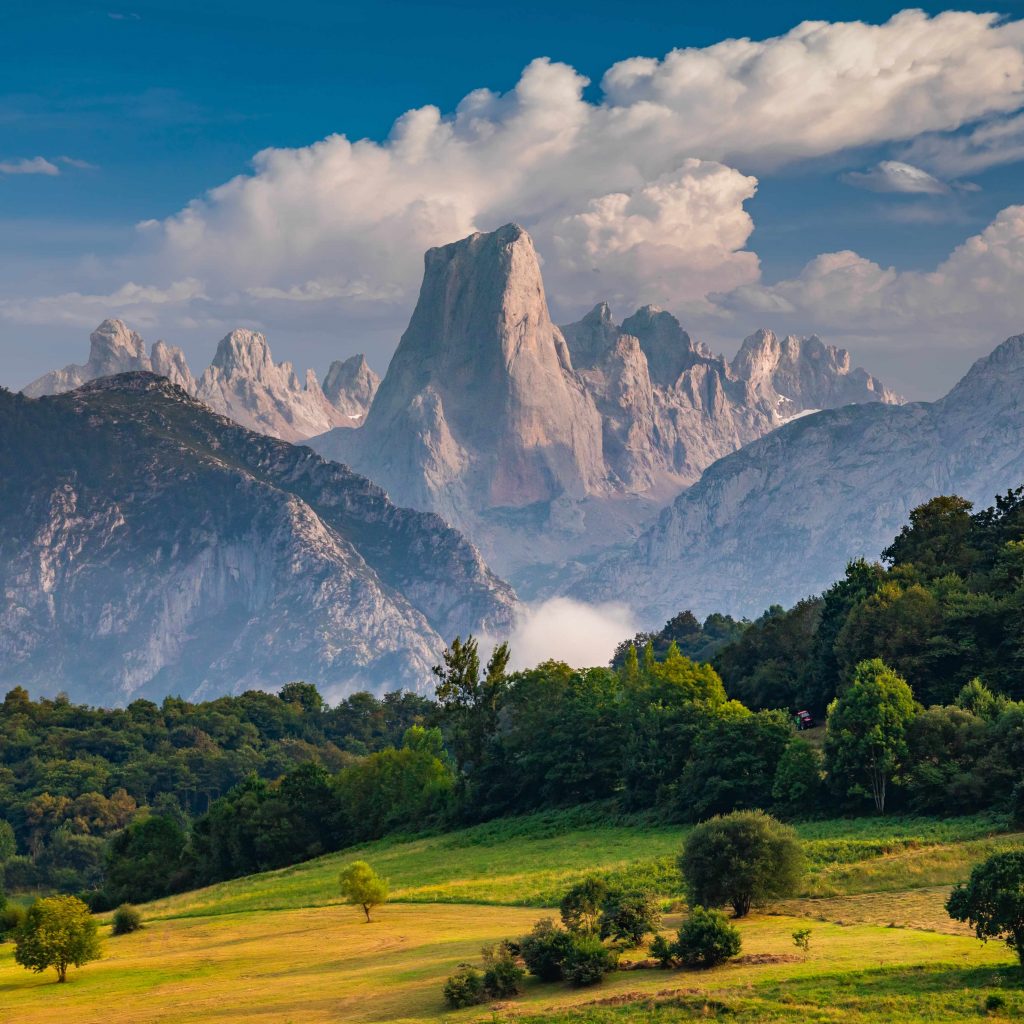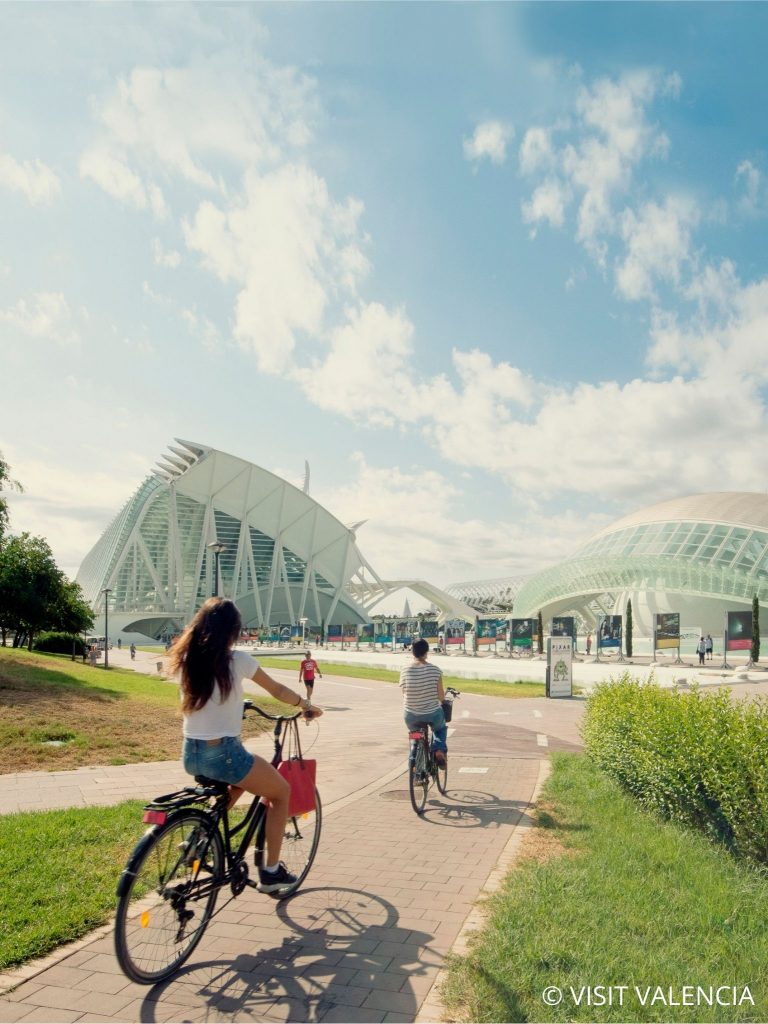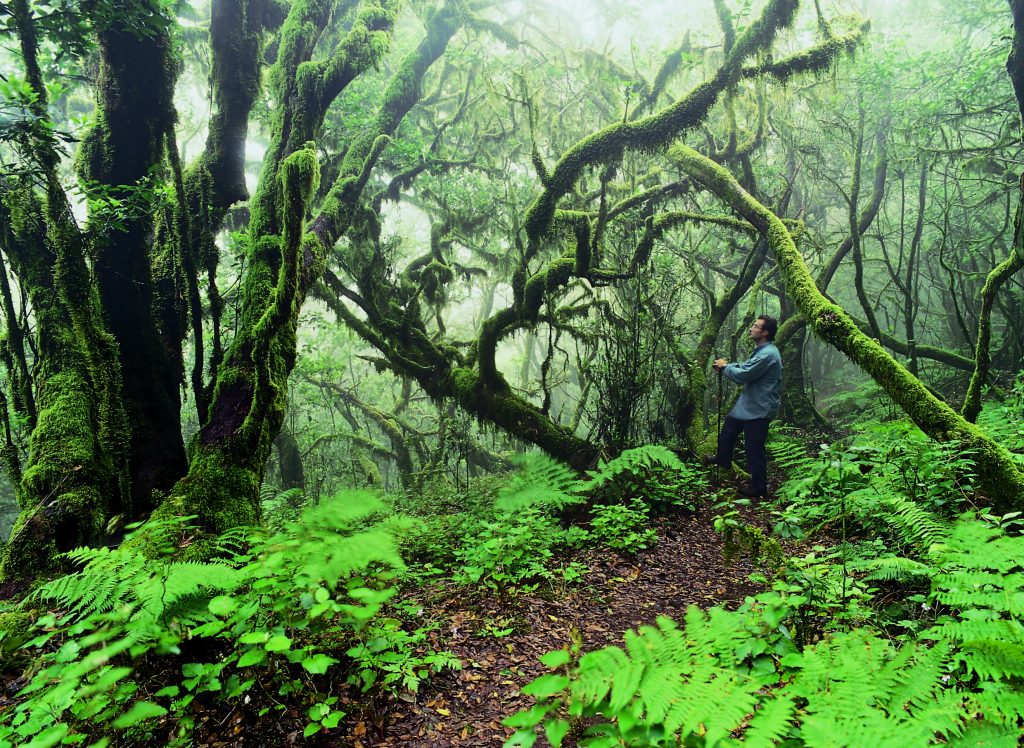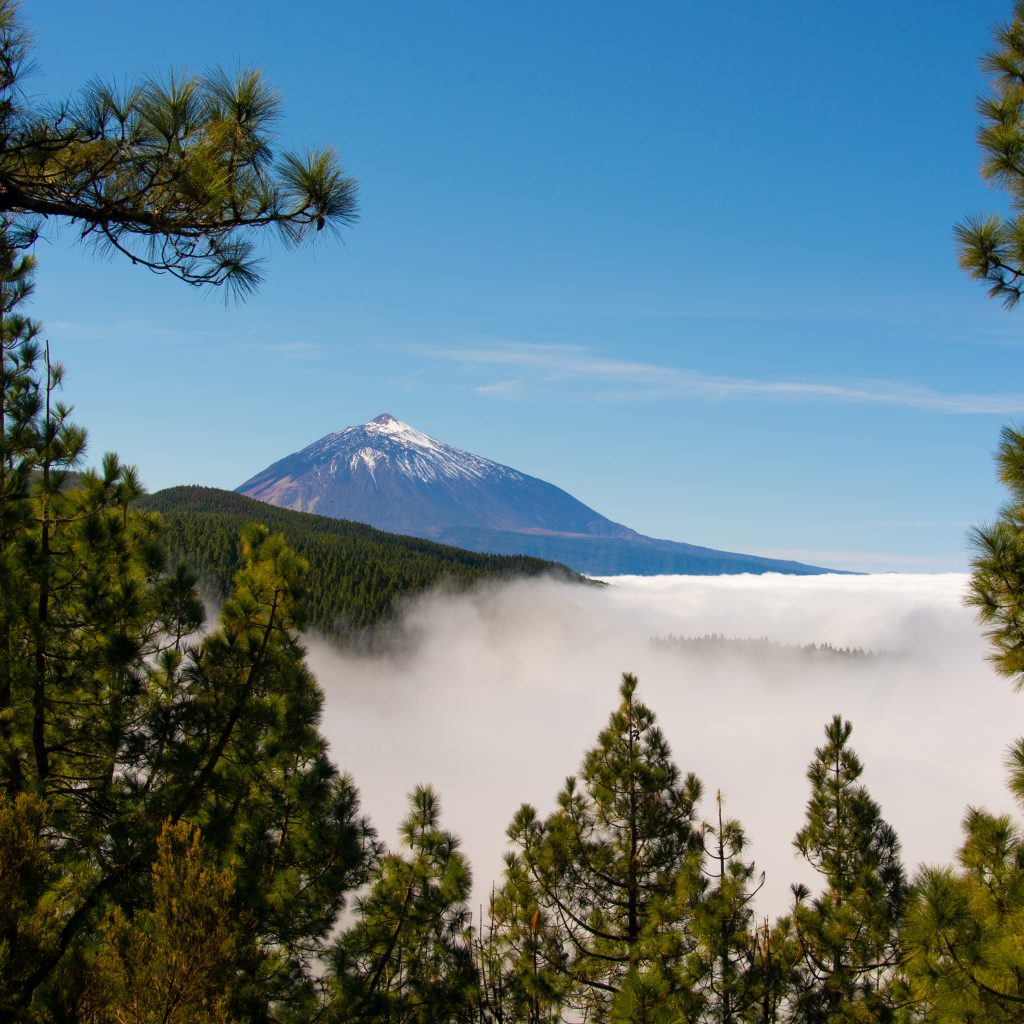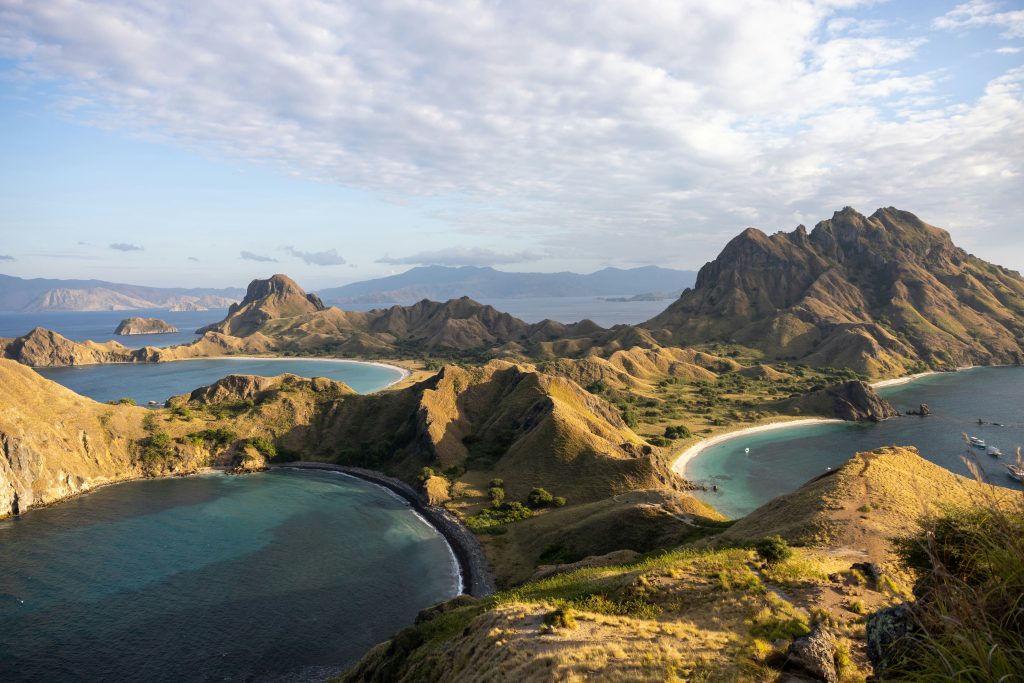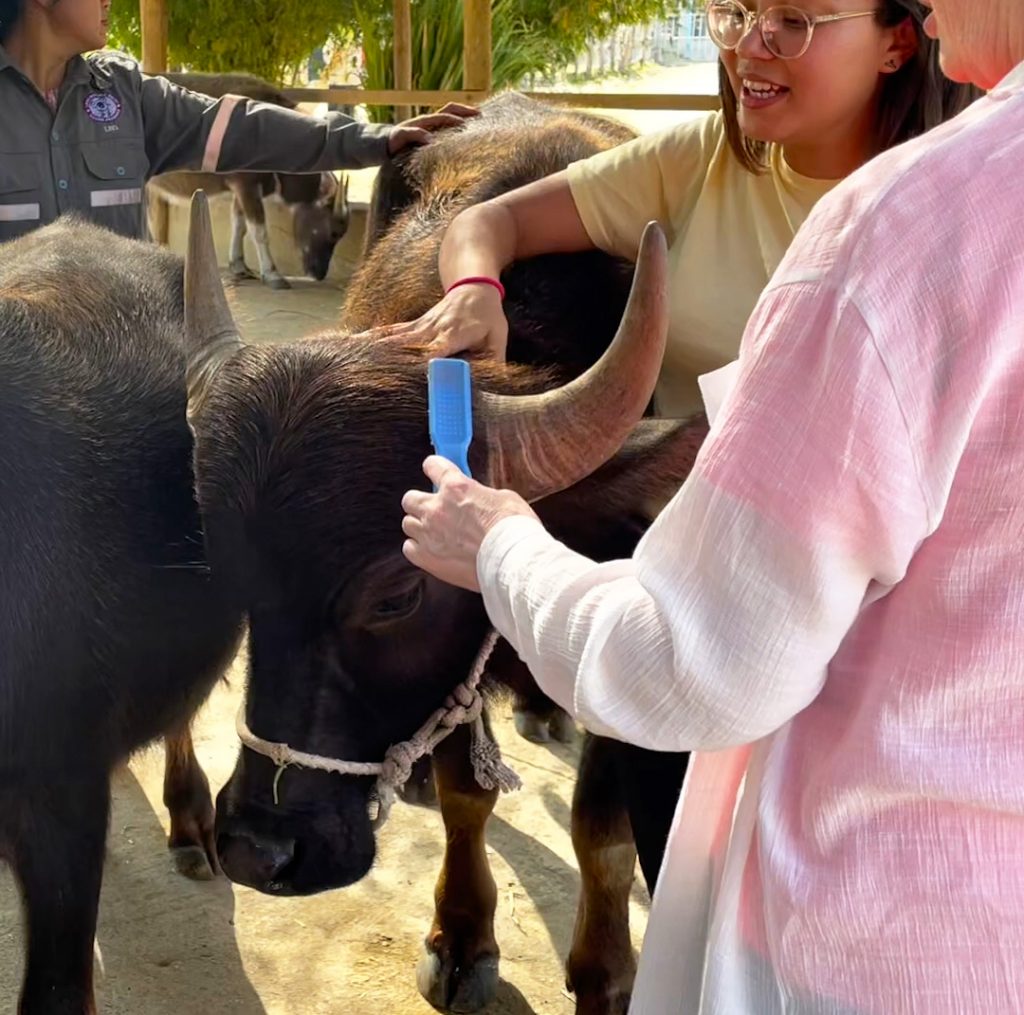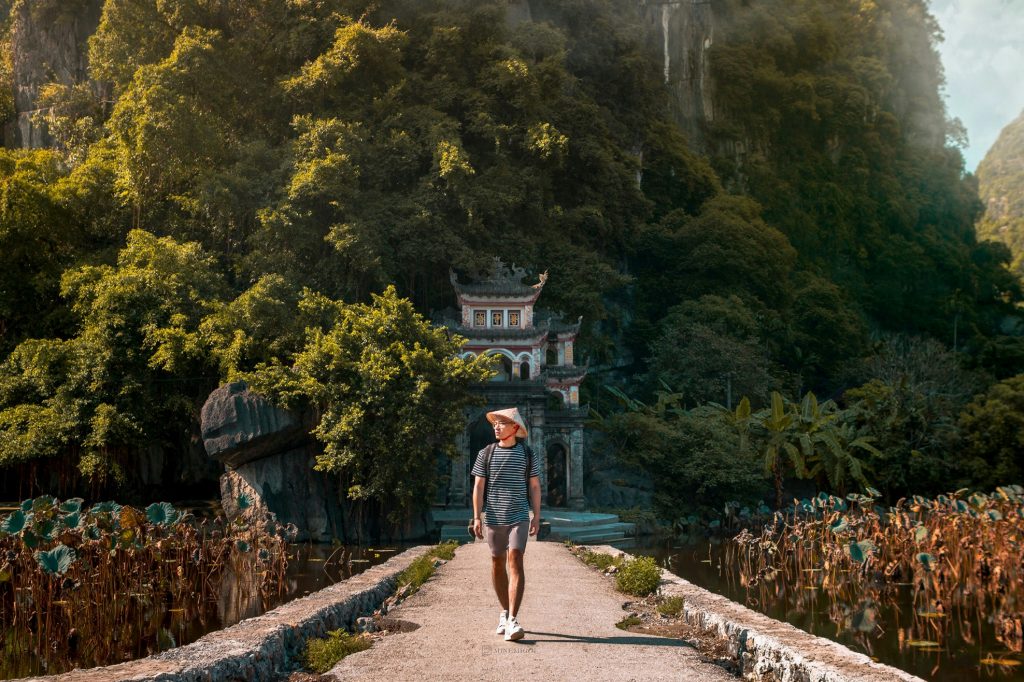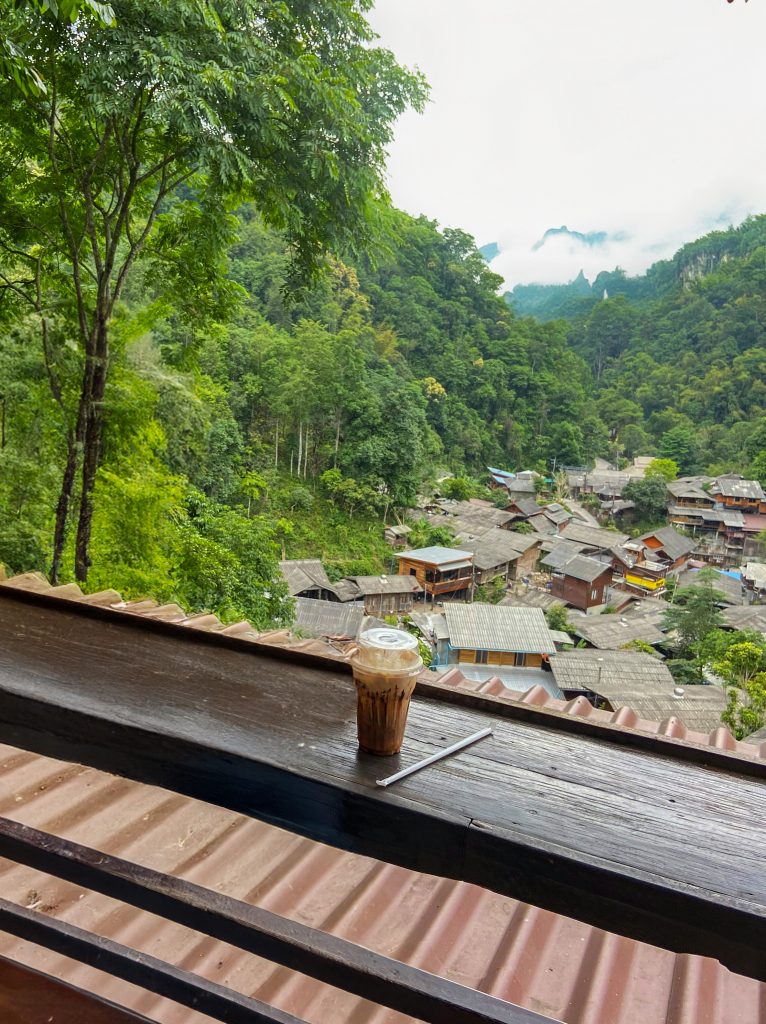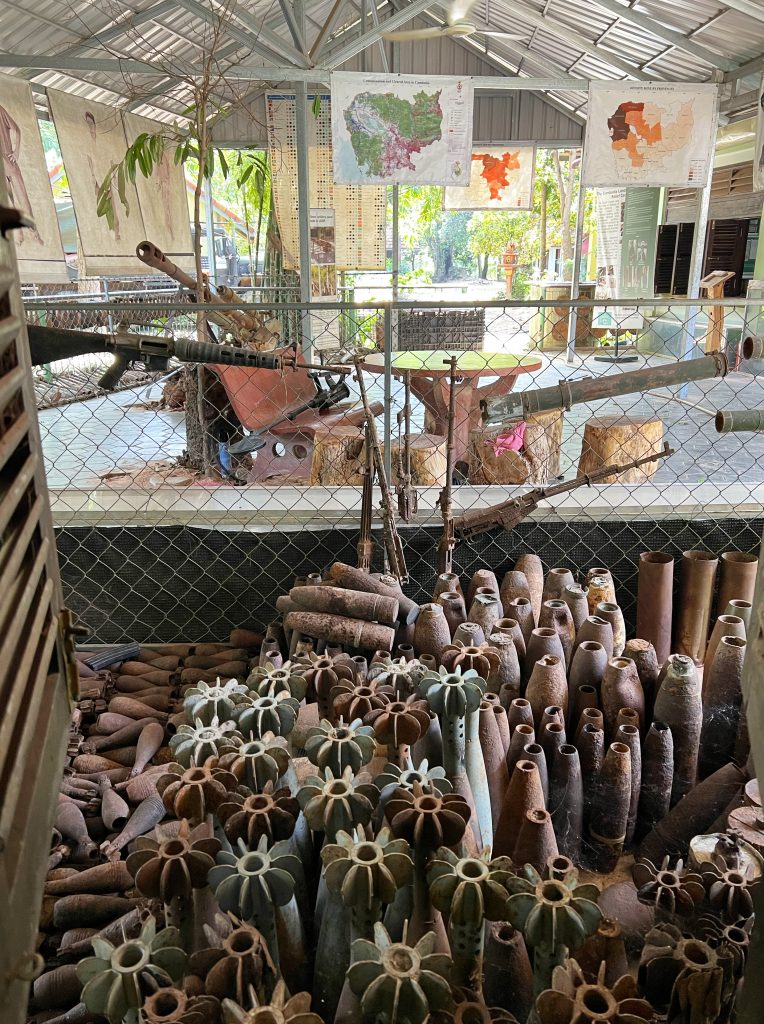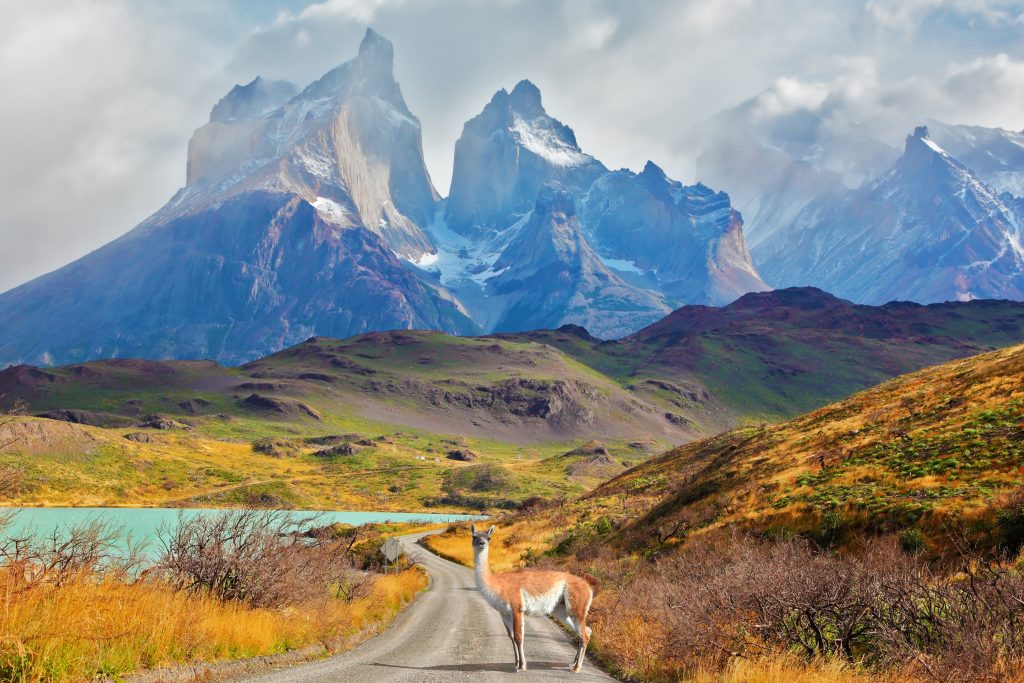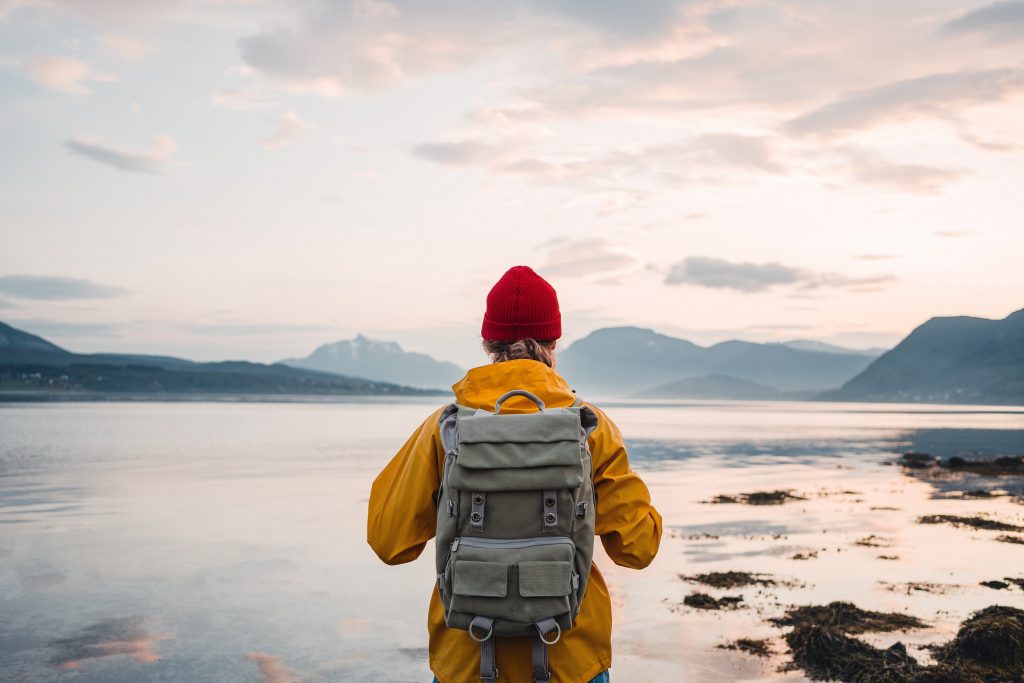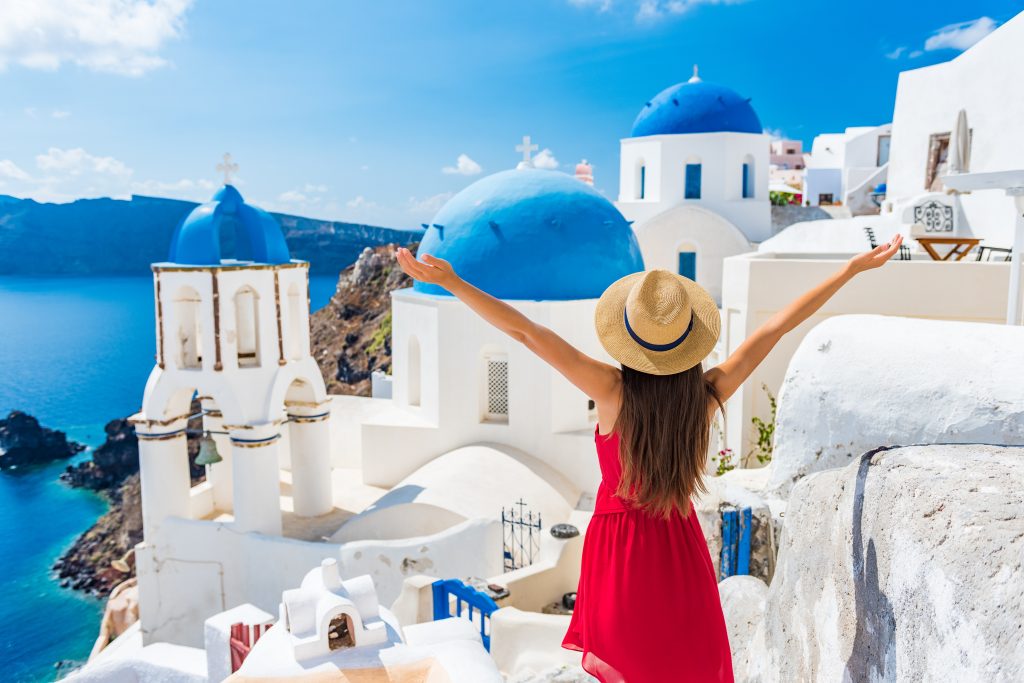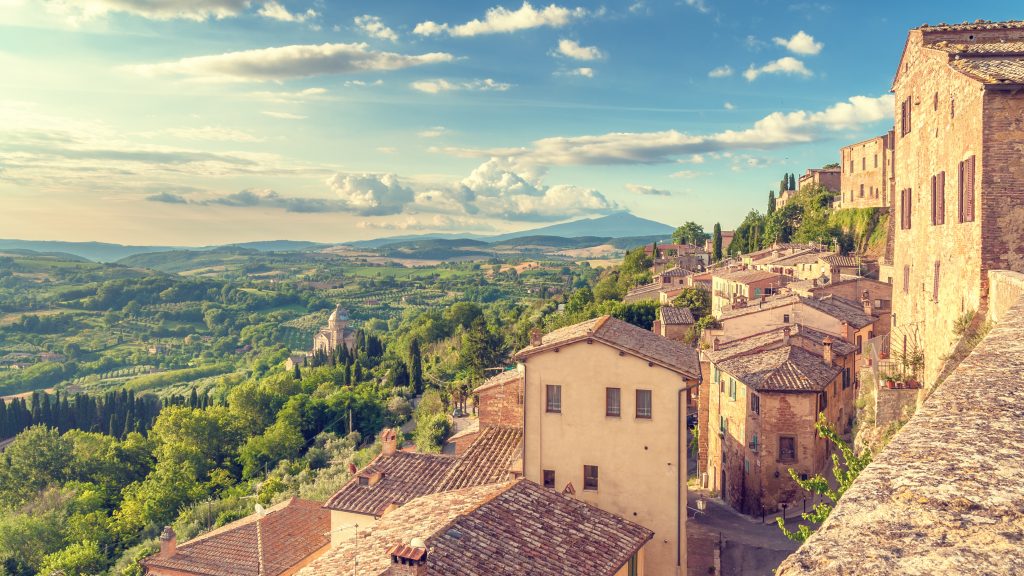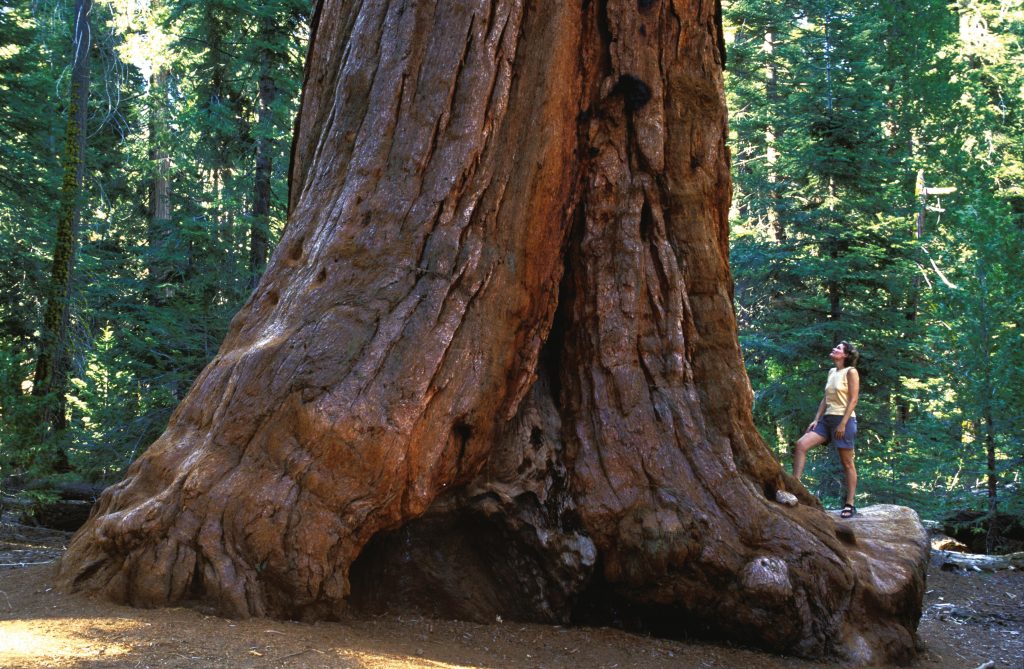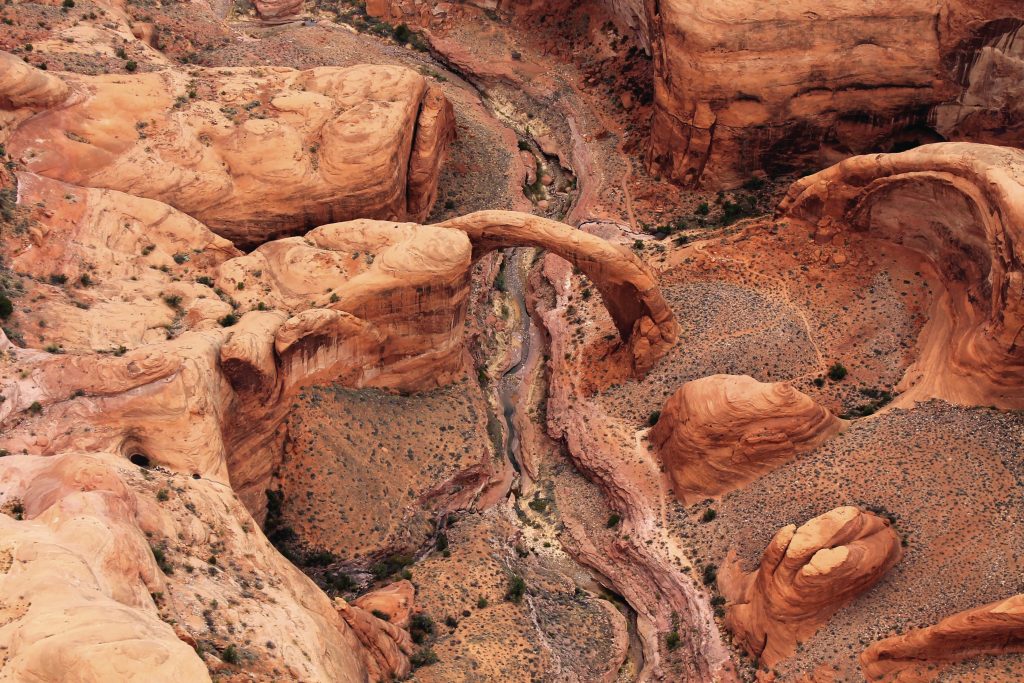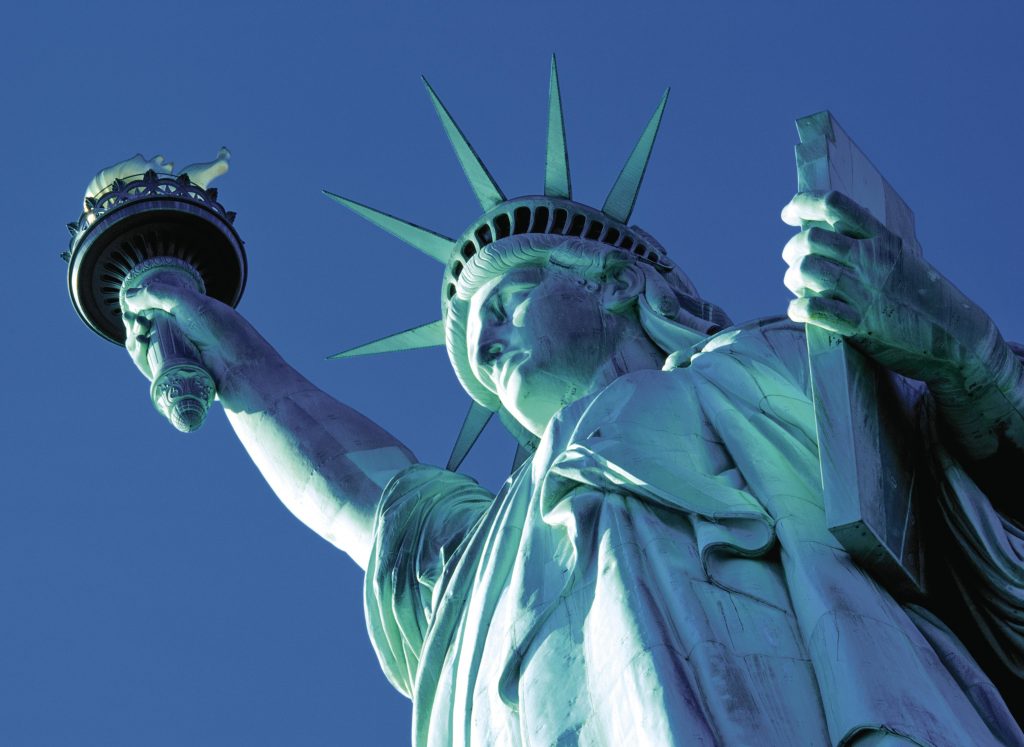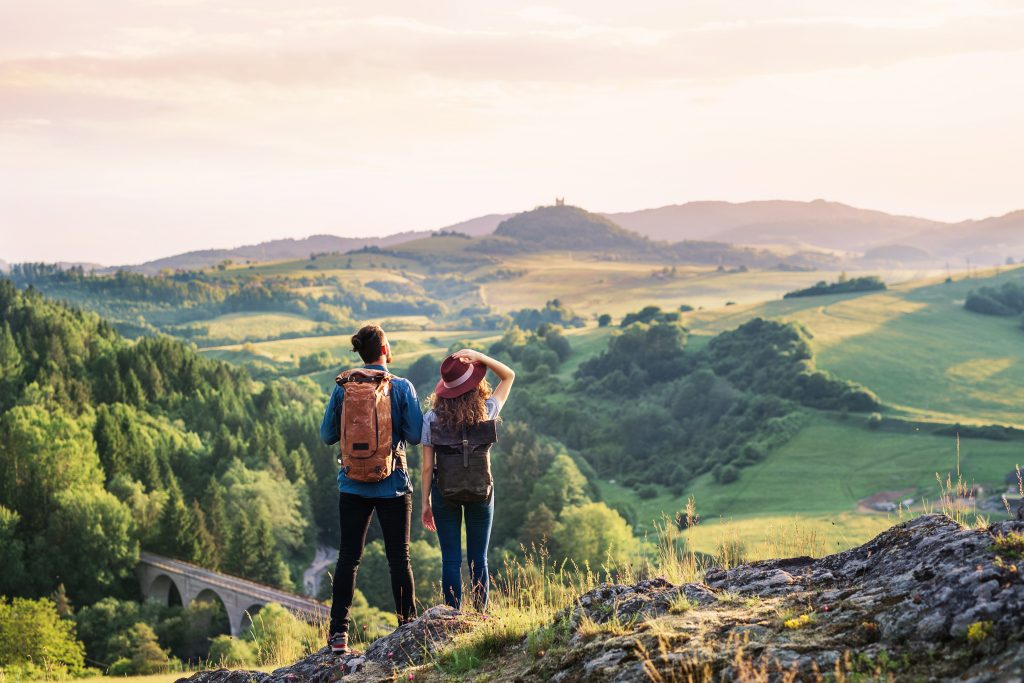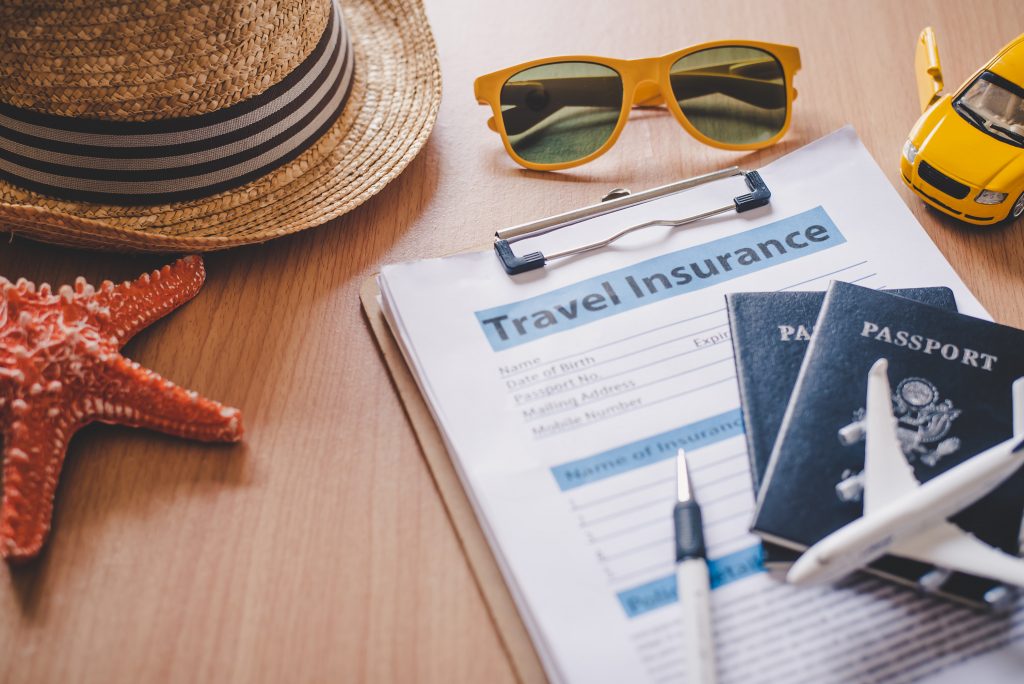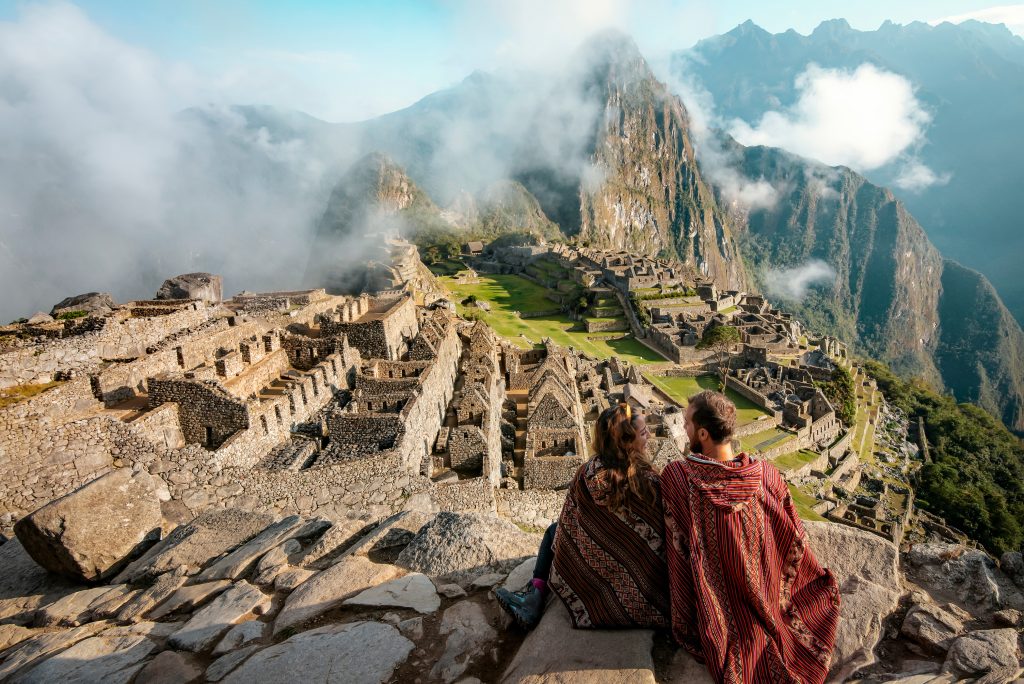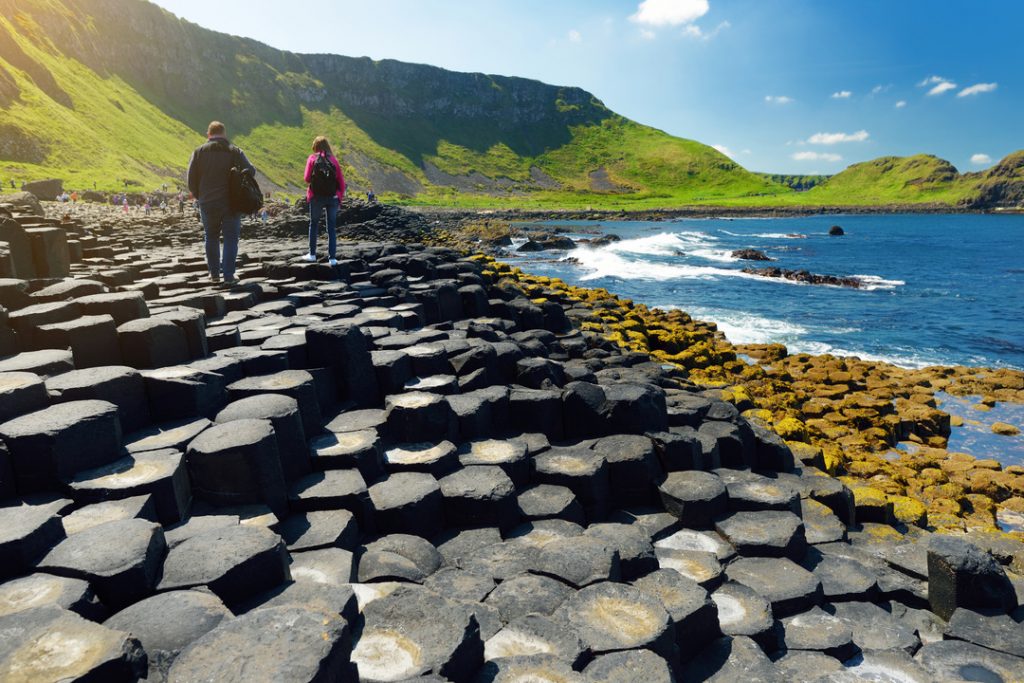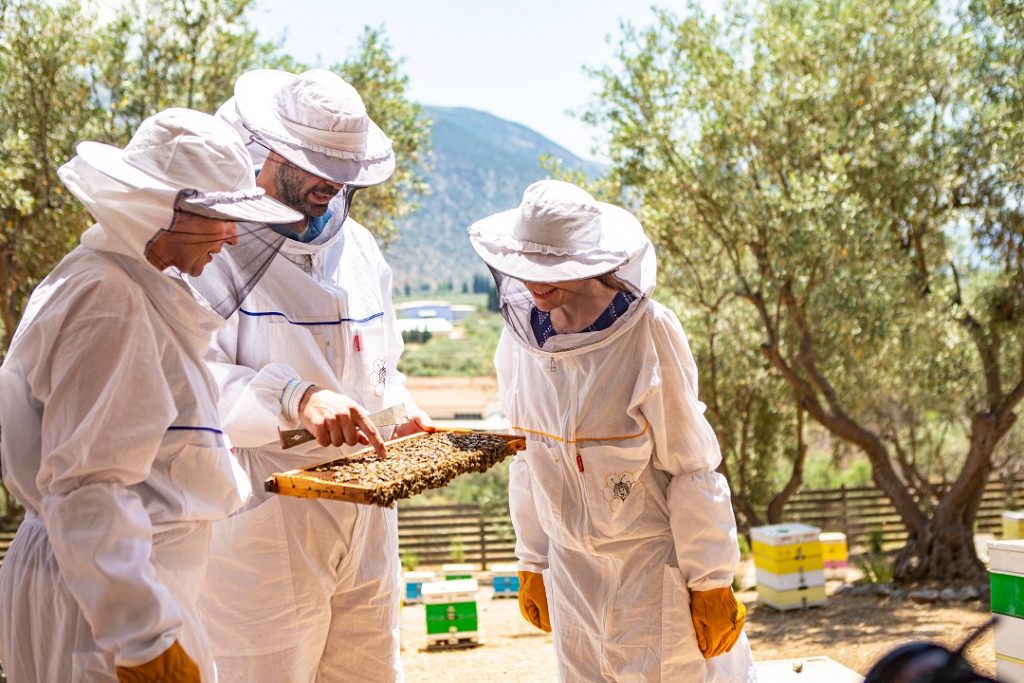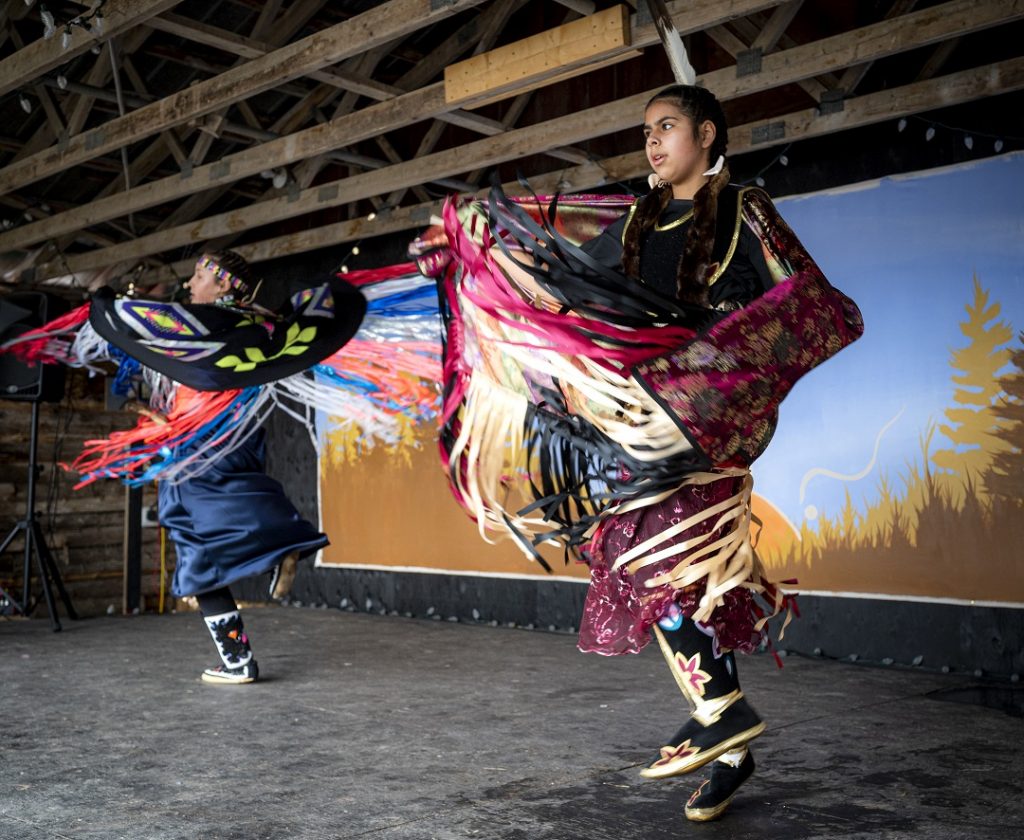Embracing Community as You Travel: Ways to ethically connect with culture and community
By: Jennifer Castle, Pleasant Holidays
A recent American Express global travel trends report showcased that the new generation of jetsetters are looking to prioritize the connection and wellbeing of local communities as they travel. A few ways this can be achieved are by supporting local businesses, using public transportation, volunteering, or by simply giving yourself more time within each destination. Because the sustainable approach is such a driving force in tourism today, we thought it might be best to break it down further, to discover what more can be done to build up community-based tourism and connect with the cultures we seek to explore.
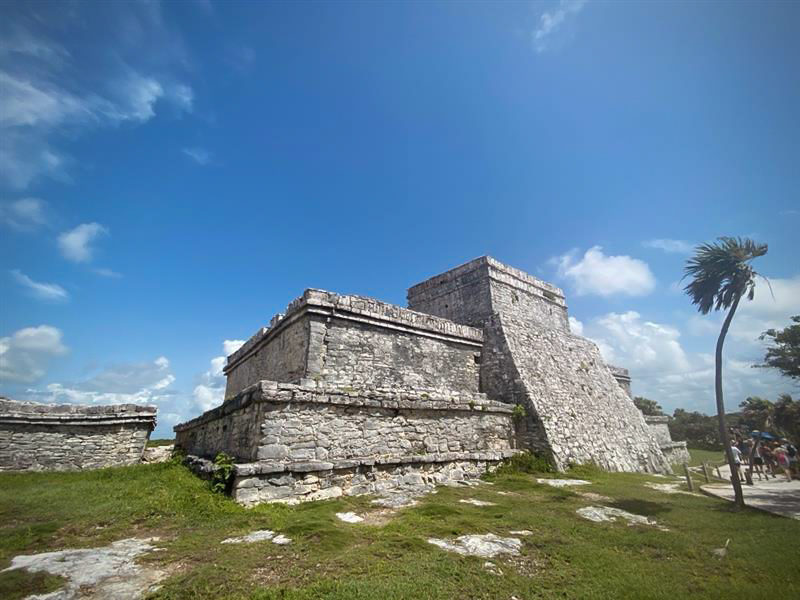
Research Before You Go
Attention is often paid to flights and accommodation, so the history and sustainable efforts of a neighborhood can sometimes be overlooked. One way to ensure it isn’t, is to lay out your itinerary ahead of time. Draft a timeline that reflects your values for the community. Consider what time of year you’ll visit. This will help combat crowds, overtourism, and environmental damage that a peak travel season can bring. Find out if your accommodations have sustainable policies or practices, such as a refillable water station or recycling program, and include them in your travel routine. Engaging in these eco-friendly policies can help to reduce your carbon footprint.
Learn a few key words or phrases, to help bridge the communication gap. “Hello,” “please,” and “thank you,” can go a long way. If you’ve decided to volunteer, be sure to investigate a few organizations. Look into who founded it, how long it’s been running, and where the aid primarily goes. The answers to these questions will ultimately help you decide which fits your moral compass best.
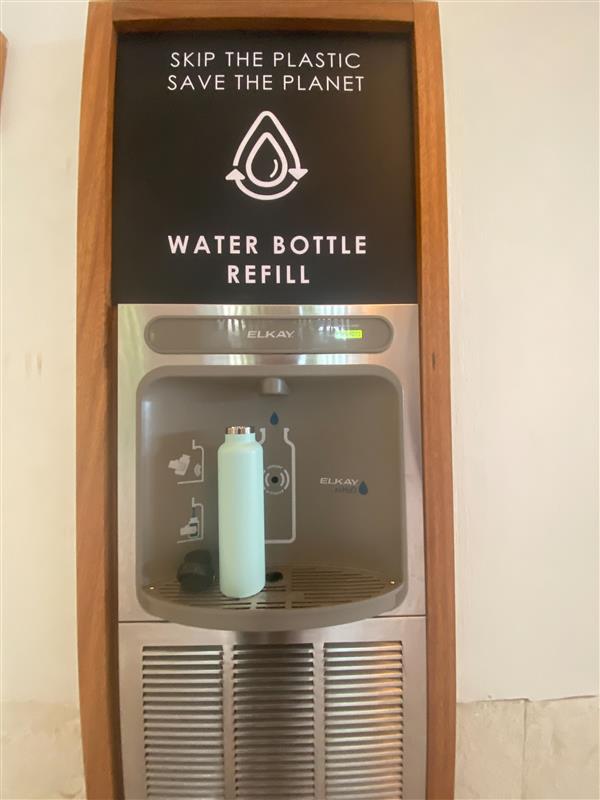
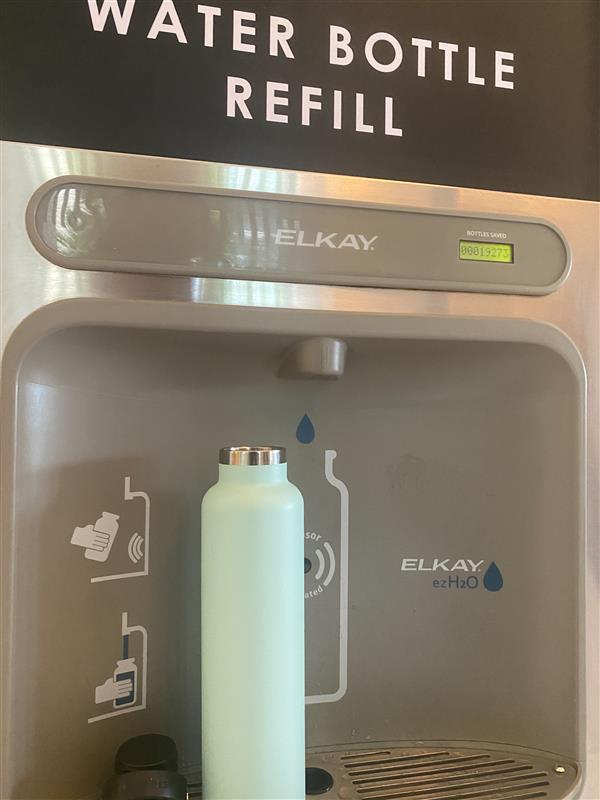
Photo Courtesy of Pleasant Holidays
Travel Sustainably
Water conservation, energy-efficient lighting, waste reduction, local organic food, or eco-friendly transportation, are just a few ways the hospitality industry has chosen to lower its carbon footprint. So, it’s now easier than ever for guests to maintain a strong sustainable travel plan. For example, if the hotel provides refillable water sources, be sure to pack a reusable water bottle. If public transportation is nearby, make it your primary means of getting around. Eat at local mom and pop shops rather than corporate chains. Go for the environmentally friendly sunscreen or bug sprays over those with several chemicals or aerosols, keeping oceans and freshwater ecosystems (which at times can be a community’s primary source of drinking water), safe from any toxins.
Another step towards sustainability is how we engage with wildlife tourist attractions. According to the Wildlife Conservation Research Unit (WildCRU), “up to 4 million tourists who visit non-zoo tourist attractions involving wildlife are likely to be contributing to large-scale animal welfare abuses and are typically unaware of their impacts.” This is another reason why prior research is so important.
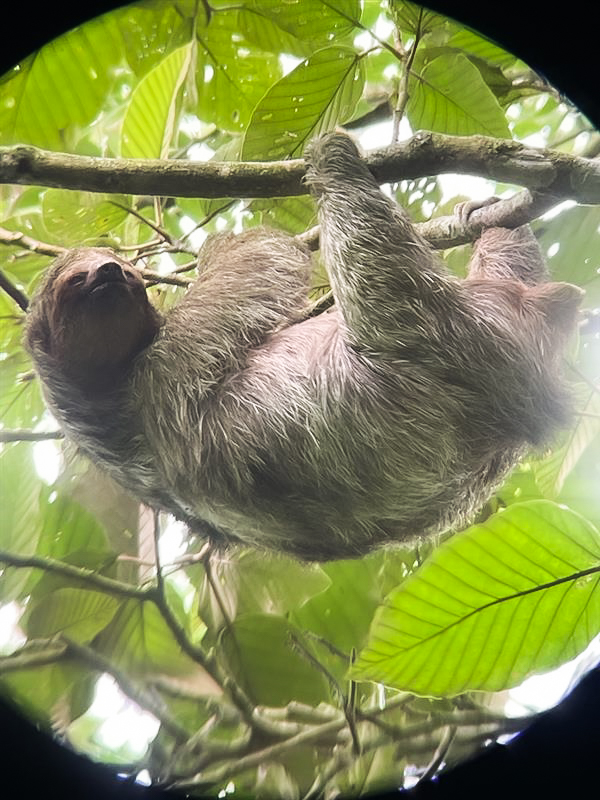
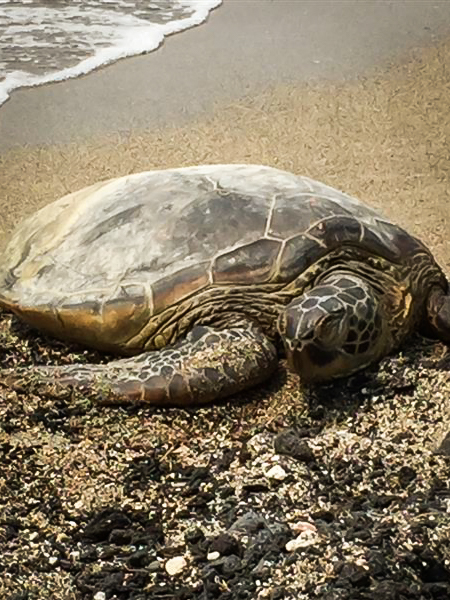
Photo Courtesy of Pleasant Holidays
Mindful Towards Culture
Slow down and take time with your travel by giving yourself a few days in each location. Get outside and connect with the local landscape. Find time to travel alone or try taking a cultural tour or class. Ask questions and challenge yourself to meet new people. Use the notes from prior research to abide by any laws, traditions, or social norms that come up for the area. Taking a few of these steps can bring richer connections and cultural exchanges throughout your stay.
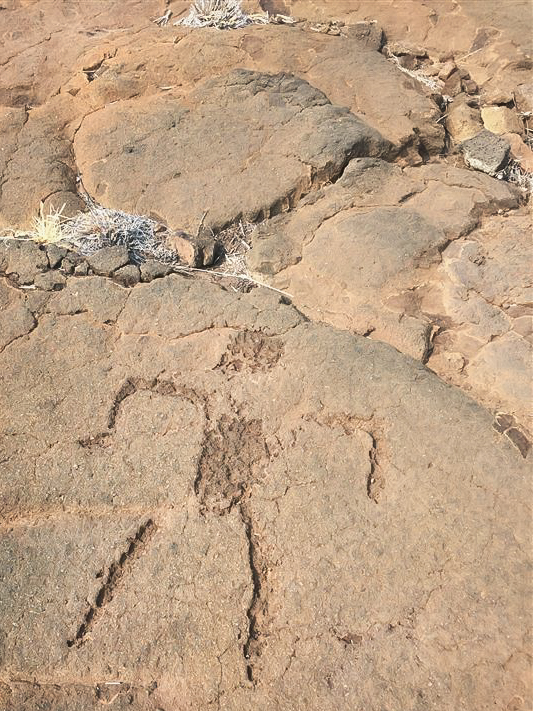
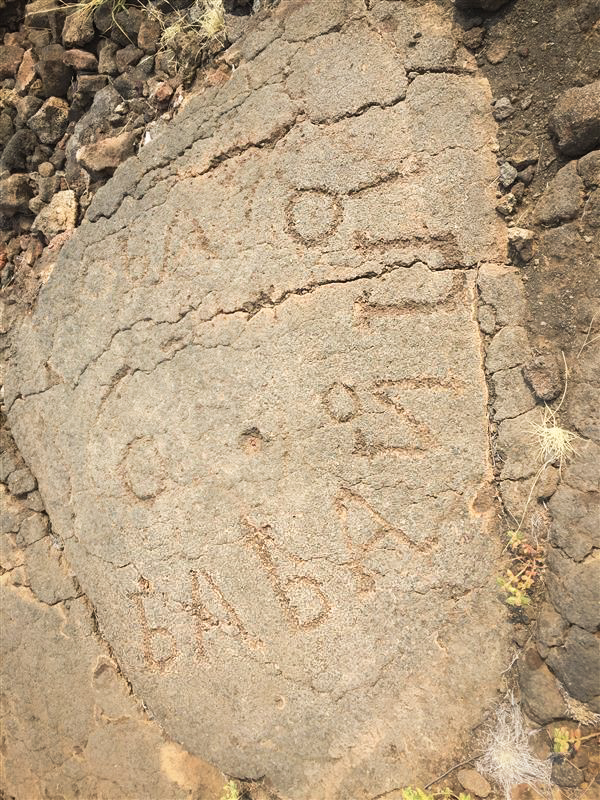
Photo Courtesy of Pleasant Holidays
Support Local Economies
Put your money where the culture is and invest in activities that connect you with the local environment. Visit monthly events (such as Pride), music festivals, or art shows. Plan a picnic in the park, using unique foods collected from the neighborhood market. Explore local shops, restaurants, and classes. Travel with locals by booking tours that involve the community. Overall, support small business, especially those led by women and minorities. Supporting the local economy is also a great way to ensure that your loved ones will be receiving unique and special souvenirs.
Be sure to give those small businesses a shout-out on social media. Take photos and share the stories but then tag the local businesses involved, to continue encouraging and inspiring community-based tourism.
Your travel choices have a significant impact on the community. Small changes can go a long way. It begins with respect and an open mind for the culture, the history, and the traditions that attracted you in the first place.
About Pleasant Holidays
Founded in 1959, Pleasant Holidays is one of the largest tour operators in the United States offering vacation packages, flights, hotels, cruises, car rentals, travel protection and related travel services to the world’s most popular destinations, including Africa, Asia, Canada, Caribbean, Central & South America, Europe, Hawaii, Mexico, Middle East, South Pacific (Cook Islands, Fiji and Tahiti), United States and cruise vacations worldwide. The Company’s portfolio of travel brands includes Pleasant Holidays, luxury brand Journese®, activities, tours and excursions brand Pleasant Activities℠ and worldwide air consolidator Air By Pleasant. Pleasant Holidays is headquartered in Westlake Village, Calif. near Los Angeles with regional offices in San Diego and Honolulu and a dedicated team of more than 400 employees. For additional information and reservations, visit www.PleasantAgent.com, www.Journese.com, www.PleasantActivities.com, and www.AirByPleasant.com.

